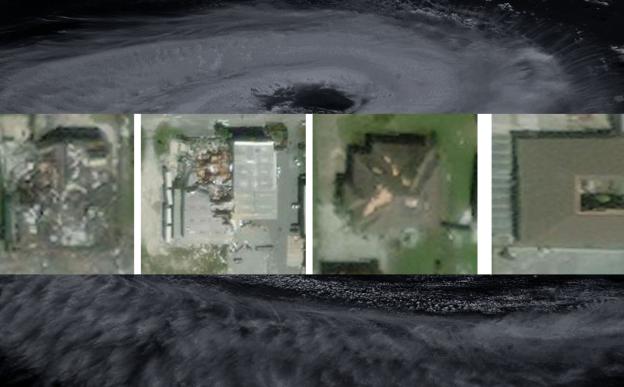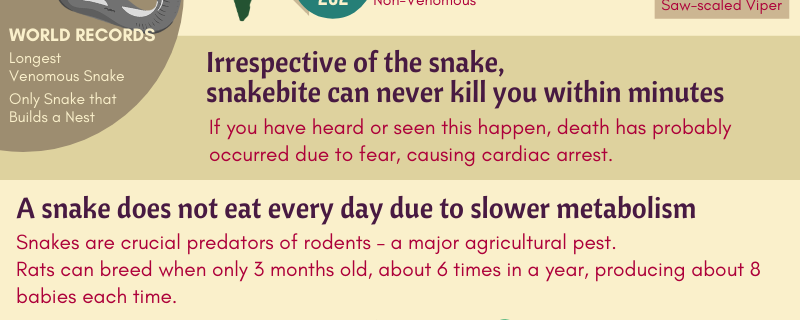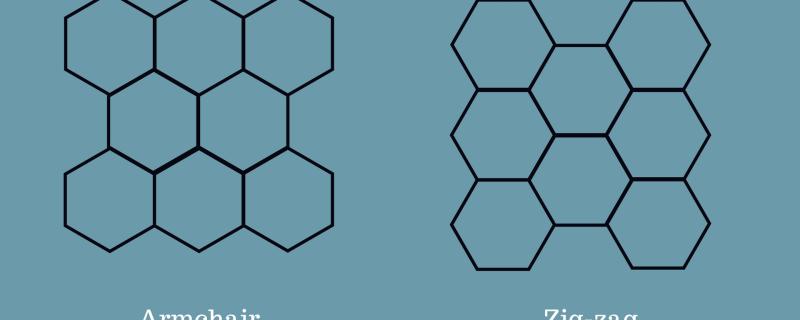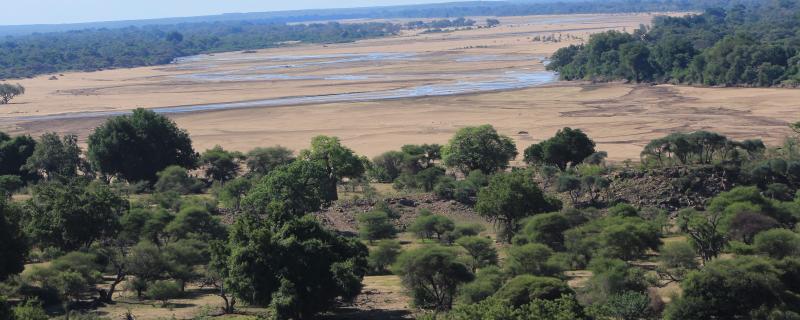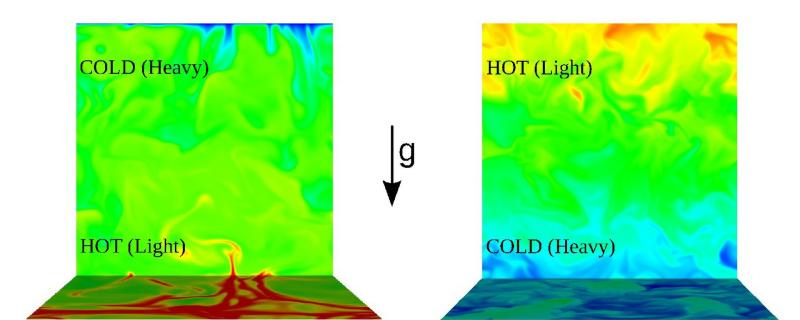How does the 'safe' way of just learning theoretical lessons affect the brain of a child in school? Can touching feeling and playing be effective ways of teahing science? See what Arvind Gupta of Arvind gupta toys, says about how childern can effectively learn science through play.
आयआयटी मुंबईद्वारे विकसित नवीन डीप-लर्निंग फ्रेमवर्क SpADANet (स्पाडानेट) मर्यादित लेबल्स वापरूनही अनेक चक्रीवादळांमधील संरचनात्मक नुकसान अधिक अचूकपणे वर्गीकृत करू शकते.
Mumbai/
